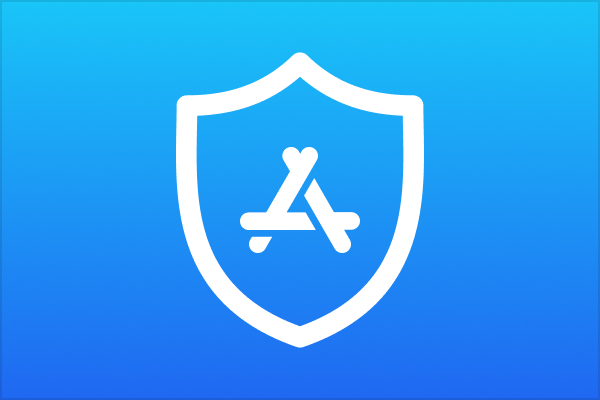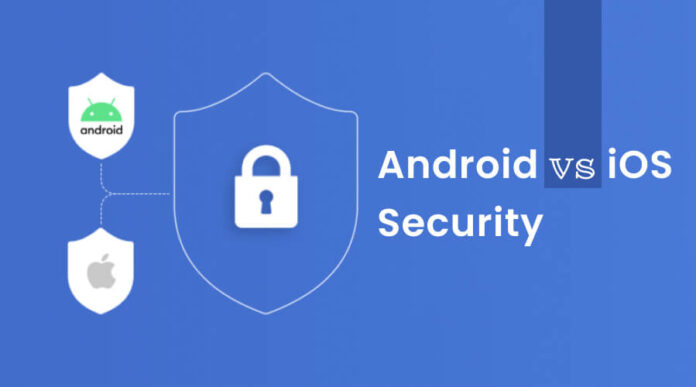In the dynamic realm of mobile technology, the Android vs iOS security comparison takes center stage as the battle for supremacy goes beyond aesthetics and features.
As we navigate 2024, this examination dives into the intricate layers of both operating systems, dissecting how Android and iOS fortify themselves against cyber threats. Join us on this journey to explore the security measures shaping the mobile experiences of today and tomorrow.
Android vs iOS security comparison: Which is More Secure?
1. Operating System Architecture
Android’s open-source nature underpins flexibility but introduces security challenges. While its collaborative development promotes innovation, diverse device manufacturers result in fragmentation. This diversity poses security risks as timely updates become intricate.
On the flip side, iOS’s closed-source architecture provides a more controlled environment, enhancing security. The unified ecosystem and Apple’s hardware control lead to a streamlined approach, ensuring a robust defense against potential vulnerabilities and unauthorized access. Each architecture presents distinct advantages and challenges in pursuing mobile security.
2. OS Updates and Patch Management
Android grapples with timely updates owing to device fragmentation, posing a challenge for consistent security updates across diverse devices. Despite this, Google has been actively improving update distribution mechanisms to address this issue, enhancing overall security.
In the iOS realm, Swift iOS updates enjoy widespread and swift adoption, a testament to Apple’s unified ecosystem. Users benefit from a seamless update experience, reflecting Apple’s commitment to providing timely and efficient patches, contributing to a more secure and streamlined mobile experience.
Also Read: How to Choose the Best Snapdragon Processor
3. Device Encryption
Android’s adoption of encryption standards across devices fosters a secure environment, yet challenges persist in maintaining uniform encryption due to device diversity. In the iOS domain, default encryption fortified by hardware-level security elevates the safeguarding of user data.
iCloud encryption adds an extra layer of protection, ensuring user privacy. The dichotomy between Android’s varied encryption landscape and iOS’s unified, hardware-centric approach highlights the ongoing debate over the most effective strategy for device security.
4. Biometric Authentication
In Android, the adoption of fingerprint and facial recognition bolsters user authentication. However, biometric security vulnerabilities pose concerns, demanding robust mitigations. Conversely, iOS introduced Face ID and Touch ID, providing seamless and secure biometric authentication.

Apple’s meticulous biometric data storage and protection measures underscore its commitment to user privacy. The race between Android’s diverse implementations and iOS’s unified, privacy-centric approach continues to shape the landscape of mobile biometric authentication in 2024.
5. App Store Security
The Google Play Store implements stringent policies and security measures to mitigate potential threats within the Android realm. However, risks arise from third-party app stores, which may lack the same scrutiny.

In the iOS ecosystem, the App Store’s thorough review process and strict guidelines uphold a robust defense. Moreover, Apple’s emphasis on app notarization and code signing ensures that only authenticated and secure applications find their way onto users’ devices, amplifying the overall app store security.
Also See: How to Fix “Problem Loading Widget” Error in Android
6. Malware and Security Threats
Amidst Android’s expansive ecosystem, the prevalence of malware raises security concerns, prompting the use of antivirus and security apps for added protection. In the iOS landscape, while encountering less malware, potential threats persist.

However, Apple’s stringent app security measures and proactive threat mitigation strategies contribute to a relatively lower occurrence. The ongoing battle against malware illuminates the distinct approaches taken by Android and iOS in fortifying their platforms against evolving security threats.
7. Privacy Controls
Android prioritizes privacy through comprehensive permission management, granting users fine-tuned control over app access. Supported by Google’s privacy initiatives, it aims to fortify user data protection. In contrast, iOS introduces groundbreaking measures such as App Tracking Transparency and privacy labels, ensuring transparent insights into app data practices.
Apple’s unwavering commitment to user-centric privacy features enhances security and sets a paradigm for a personalized and protected mobile experience, distinguishing itself in the realm of privacy controls.
8. Enterprise Security
Android solidifies its enterprise presence with seamless integration into various solutions, catering to diverse business needs. Offering robust security features tailored for business use, Android strives to be a versatile platform for professional environments. Conversely, iOS is a secure business choice, boasting business-focused security features.
Apple’s Enterprise Management capabilities further enhance its appeal, showcasing a commitment to providing a secure and efficient mobile ecosystem for enterprises. The competition in the realm of enterprise security continues to shape these platforms.
Conclusion
In the dynamic landscape 2024, the Android vs. iOS security duel reveals a nuanced tapestry. Android’s open adaptability and diverse ecosystem face off against iOS’s closed, controlled environment. While each platform has strengths and vulnerabilities, user priorities ultimately dictate the winner.
Android champions flexibility and iOS prioritizes uniformity, yet both evolve, striving to provide secure and seamless mobile experiences. The quest for mobile security supremacy remains an ongoing narrative shaped by technological innovation and user-centric priorities.

